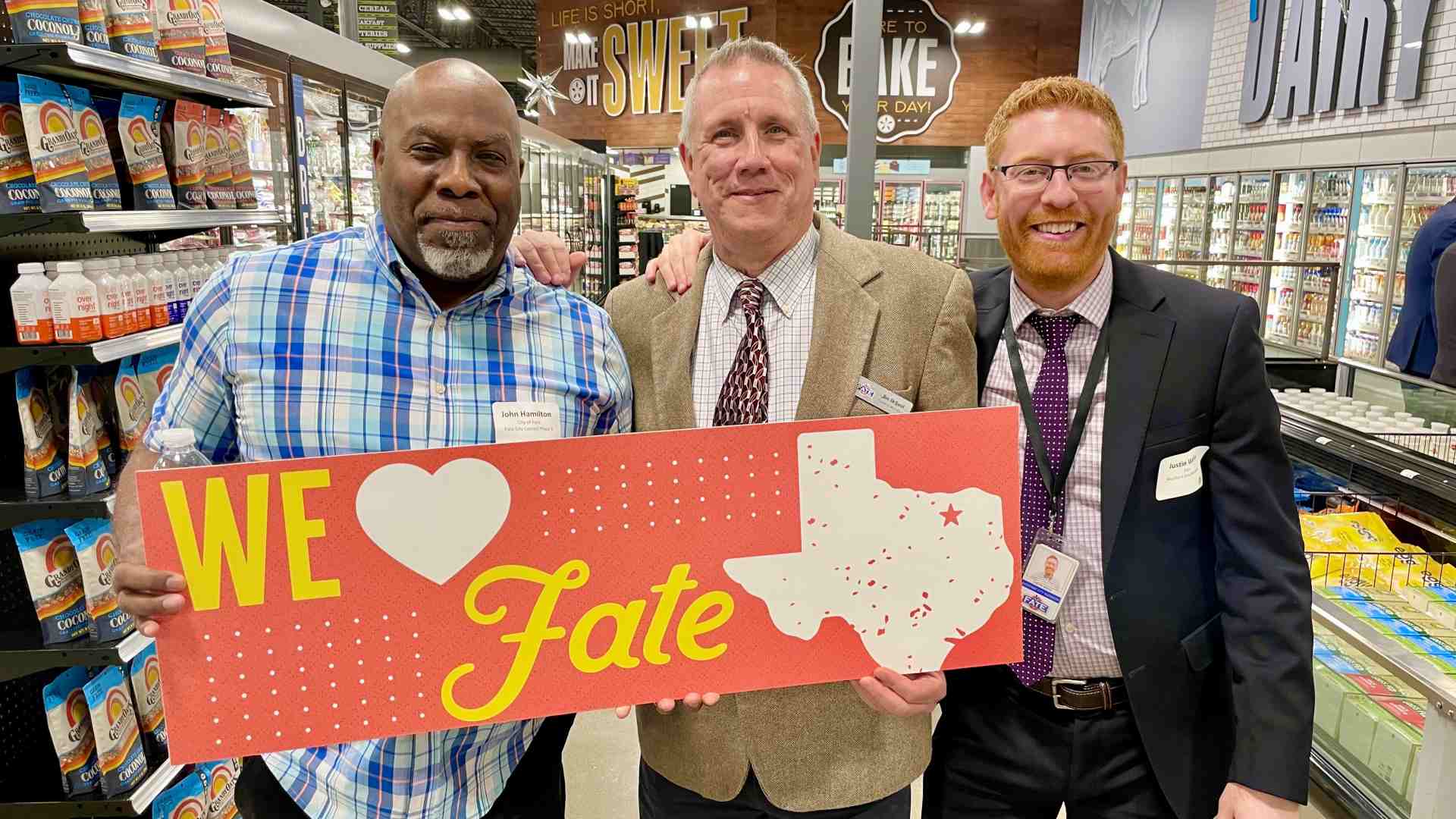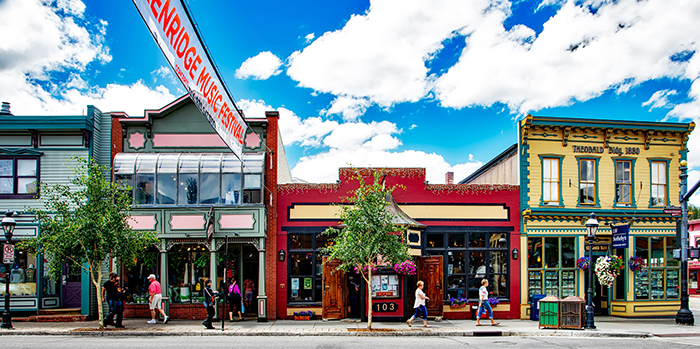Top Ten Ways To Build a Successful and Vibrant Downtown
By Polco on March 1, 2024
.jpg)
A recent analysis of Polco’s datasets reveals what makes a vibrant downtown. Plus, experts weigh in on what revitalization strategies worked well in their communities.
Downtowns are often the heart and soul of the community. But in recent years, many downtowns have struggled.
“Unfortunately, in many areas, downtowns have become abandoned, neglected, even abused,” said Michelle Kobayashi, Polco’s Principal Research Strategist, who has studied community livability for the past three decades. “But we know in the last 20 years or so, there's been a resurgence of people wanting to reinvigorate, reinvent, and repurpose their downtowns.”
In this webinar hosted by Polco and Downtown Colorado Inc., a community non-profit, Kobayashi breaks down the ten most important components that contribute to thriving city centers.
Then, local government professionals Belkys Perez of Coral Gables, Florida, Brandon Stam of Grand Junction, Colorado, and downtown vibrancy expert Brian Corrigan offer advice on how to bring downtowns to life.

Polco has monitored the health of downtowns from the resident perspective for 11 years through The National Community Survey (The NCS). The NCS is a nationwide assessment that measures residents' satisfaction with their city and government services.
In addition, Polco’s GPAL dataset, a collection of public data curated by Polco, Stanford Institute, Arizona State University, and others, gives insight into nationwide community trends, including downtown-related statistics.
Kobayashi identified how the nation downtowns are performing looking at these two datasets.

1. Fostering Economic Vitality
Downtowns have been the center of commerce since the mining days, Kobayashi says. According to The NCS, 70% of residents are happy with the quality of their community businesses. But far fewer are satisfied with employment opportunities in their area.
To boost economic opportunities, Kobayashi suggests governments do what they can to support local business. She says residents still have a taste for niche industries despite the domination of e-commerce. Tax incentives and business-friendly policies could encourage more boutique industries to open.
In addition, she says building more flexible workspaces that suit the hybrid work style may bring remote workers back to city centers as well.
2. Providing a Community Gathering Place
The NCS shows that 6 in 10 people approve of the sense of community, civic pride, and opportunities to participate in public events.
Creating intentional spaces for people to gather, providing amenities, and giving people a reason to meet up in person through events can improve social capital.

3. Promoting Walkability and Fitness
Nationally, about 60% of residents approve of walkability in their communities. Places that rank higher in walkability often rank higher in overall livability because of the economic, environmental, and social benefits of walking. Plus, with so many people in the US overweight today, Kobayashi says walkable downtowns encourage the average person to get outside and walk around, which benefits overall health.
4. Cultural and Entertainment Hub
The NCS shows that about half of American residents are satisfied with opportunities to attend arts and culture events in their communities. Similarly, about 50% of residents approve of the preservation of historical character in their communities. Downtowns provide excellent opportunities to improve both.
City centers typically have suitable spaces to host cultural events such as music and food festivals. Downtown commutes are also usually easier for attendees and vendors. And as epicenters of arts and culture, events downtown are a natural fit.
Downtowns are typically older and have older architecture as well.
“Downtowns often have some really cool buildings, infrastructure, and amenities that are worth preserving,” Kobayashi said. “We found that it helps with tourism, but it also links younger generations to the past.”

5. Increasing Diversity, Inclusion and Equity
The NCS shows average results in valuing and respecting and attracting people of diverse backgrounds and making all residents feel welcome. GPAL data show that, while the US is close to integration and equality, there is room to grow.
In addition, data show East Coast communities are rated higher in terms of inclusion than West Coast cities.
Interestingly, population size doesn’t affect resident satisfaction in diversity and inclusion ratings.
“Data does skew towards favoring those traditional groups of privilege in America in terms of downtown quality,” Kobayashi said. “Thinking about downtowns in terms of being a catalyst for equity, inclusion, and diversity is important right now.”
Local governments can support more diversity in their downtowns through cultural events and land use policies, such as more housing.
Cities can also attract people from all walks of life by ensuring downtowns are safe and accessible.
6. Developing Mixed-Use Spaces
The NCS shows Americans are not pleased with the planning in their communities
GPAL data show that the average travel time to work is 30 minutes. Only 5% of Americans walk to work. Job access is also low.
Building or transforming old spaces into mixed-use facilities can alleviate some of these concerns. For example, mixed-use buildings are essential in the 15-minute city movement, communities where residents can access all their needs and amenities within a short walk.
“As dense areas, downtowns could be the easiest place for you to start to develop a mixed-use space where people can live, work, and play all together,” Kobayashi said.
7. Fostering Innovation and Creativity
Kobayashi suggests the online paper Discovering Your City’s Maker Economy by NLC for governments to get ideas on how they can support their creative workers.
A good example comes from Leadville, Colorado. A famous local business, Melanzana, known for its outdoor gear, attracts tourists from all over. The desirable clothing is only sold in Leadville—not even online.
Plus, the company hires all of its workers locally. Selling locally-made products in Leadville drives more tourism to the community and employs more locals.

8. Improving Housing Opportunities
The housing affordability crisis is an issue across the US. Currently, only 4 in 10 approve of the variety of housing. And 3 in 10 approve of the availability of affordable housing. GPAL data show that 33% of renters are housing cost-burdened.
Kobayashi suggests mixed-used development, codes that allow for higher density, fewer parking spaces, and accessory dwelling units as some options to improve problem.
“There are ways we can use policy to make it so that we could actually maybe provide some of that diversity in housing stock that may not be allowed by the HOAs and outer circles of our downtown,” she said.
9. Sustainability and Resilience
The NCS data show that 6 in 10 residents approve of the preservation of outdoor open space. Autonomous transportation and building blue/green infrastructure can make more sustainable communities.
“Instead of building those big parking lots or drainage ditches, let's make them into canals, parks, or tree canopy,” Kobayashi said. “There are ways we can actually help the environment, help mitigate natural disasters, and also make it a really attractive place so people want to come and hang out.”
10. Integrating Technology
Downtowns are a great places to put smart infrastructure in place that can make quality of life easier and more enjoyable for residents.
Good lighting, parking spot sensors, and bike share programs are a few examples of how cities can integrate technology into their downtowns.
She also says using data to make informed decisions is critical.
“You want to use data, use technology, and make sure that you are actually making decisions in the best way possible, so that you're building an ideal environment now” Kobayashi said.
Be sure to check out the panel discussion during the second half of the webinar. Hear local government innovators discuss other methods and funding strategies to build thriving downtowns.
Get the Data You Need for Decisions that Support a Vibrant Downtown
Polco gives you the data you need to make informed decisions in your community. Find out what your residents think about your city and what you can do to make it better. Access your city’s performance data to identify where your downtown is succeeding and where you can offer support. Plus, you can compare your data to communities like yours, and track your performance over time.
Find out more!
Related Articles
Popular posts
Sign-up for Updates
You May Also Like
These Related Stories

How Fate Increased Sales Tax Revenue With Economic Improvements

In The Game with Downtown Colorado, Inc.

